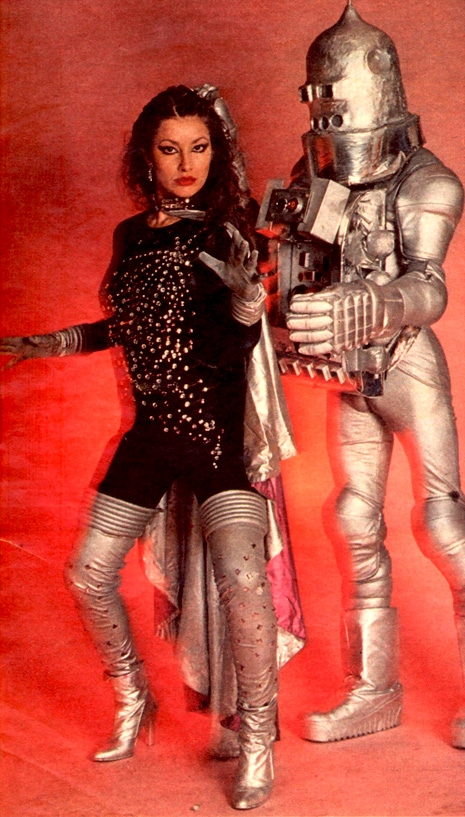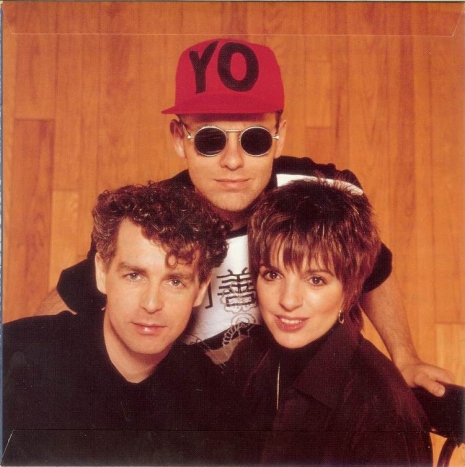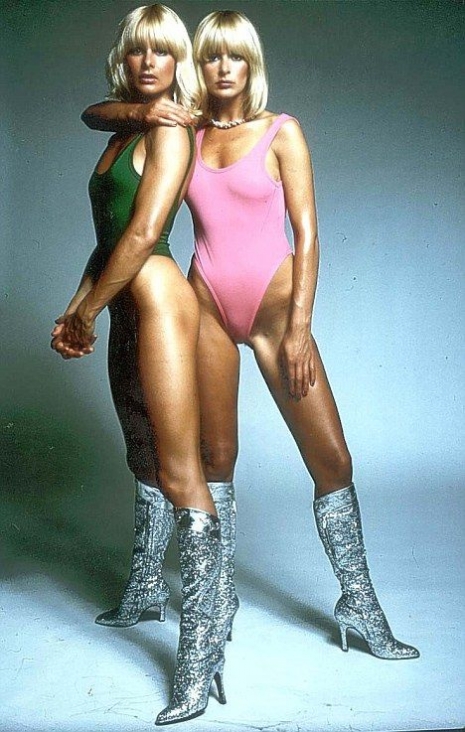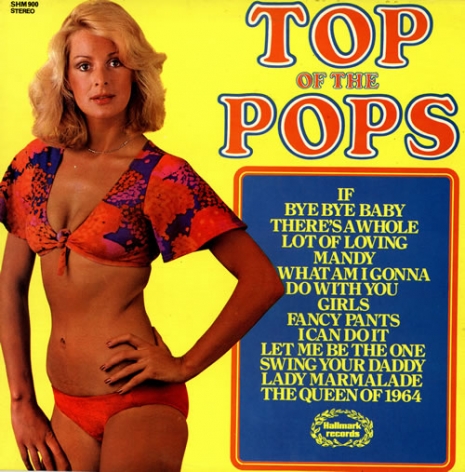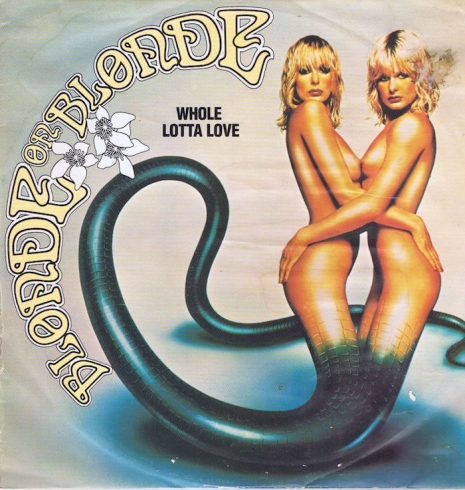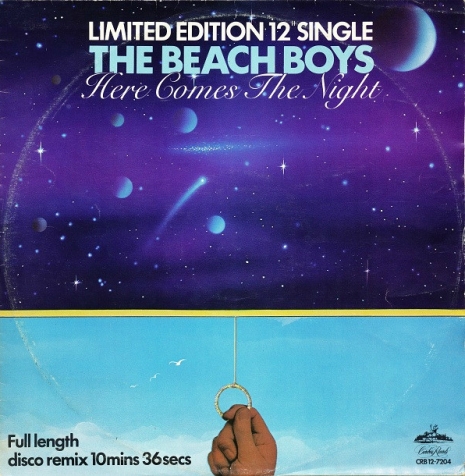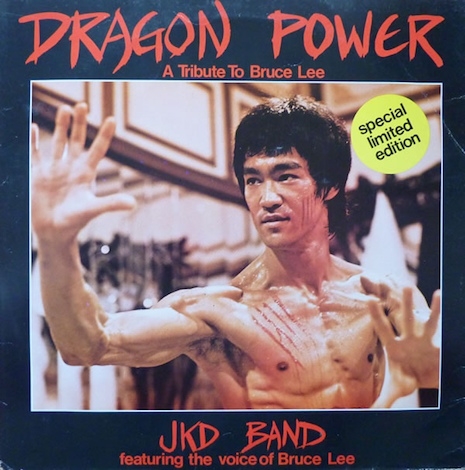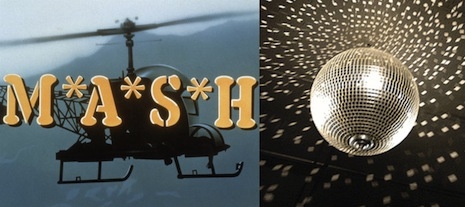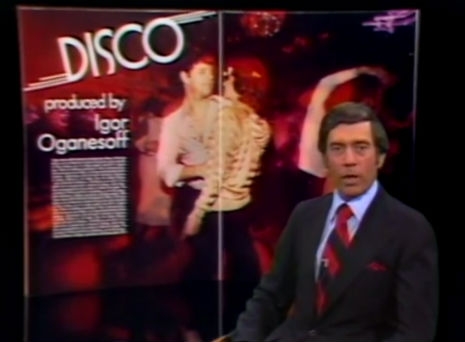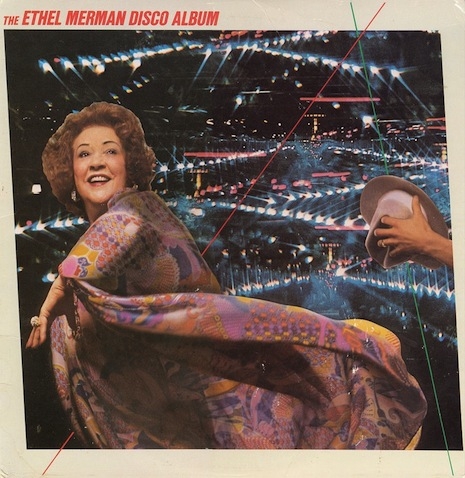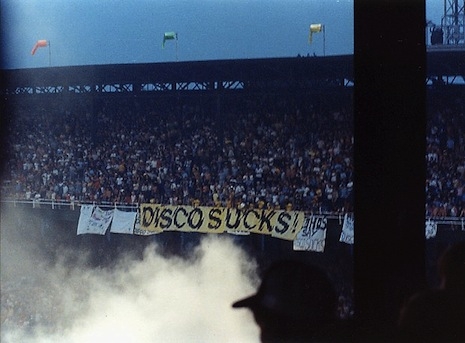_465_465_int.jpg)
Every week Forced Exposure send out their email blast of new releases. If you are not receiving their newsletter, I suggest getting on it stat if you want the best resource to available new music that you are likely to find anywhere. The curation is valuable to me.I find out about a lot of new stuff there and try to support the effort by buying from them and not Amazon.
Anyway, it was through the Forced Exposure’s newsletter that I was made aware of a long lost disco album titled Sparkle that’s just been reissued. From the cover it appeared to be the music of an Amii Stewart-ish trio. The description, I think you’ll agree is tantalizing:
“In a genre that has classically been driven primarily by hot twelve-inches, it can sometimes be hard to find a disco album that delivers the goods from end to end—let alone a disco LP that could be described as ‘perfect.’ Does such an animal even exist? We’re pretty sure it has to, and we can probably think of a few candidates ourselves. Cultures of Soul Records presents Sparkle’s self-titled album which many disco aficionados would put into this category. Sparkle was a female vocal trio from Connecticut, assembled by the producer Harold Sargent, erstwhile drummer of the sterling funk band Wood, Brass & Steel, and creator of manifold drum breaks that would go on to be sampled for decades. Originally released in 1979, the album and the group are fittingly titled as the music is a scintillating, radiant collection of shimmering disco and dazzling funk, performed by Too Much Too Soon—the multiracial R&B band that featured Evan Rogers and Carl Sturken, the writing/production team that would discover Rihanna and power her career to global dominance fifteen years later. Also on hand is musical prodigy Rahni Harris, whose Sargent-assisted club classic ‘Six Million Steps’ is also included on the album. The result is an album that by far exceeds the sum of its parts, delivering a truly transcendent disco experience.”
That promises an awful lot doesn’t it? To find out more, I searched for Sparkle on Discogs and saw that there was but a single copy of the original pressing for sale in the entire world. ONE single copy. A single copy that was priced at $2500!
What does a $2500 album sound like, I wondered? Well, I didn’t have to wonder for too long as I reached out to the reissue label, Cultures of Soul Records in Boston and requested a review copy which they generously sent along. Does Sparkle live up to the advance hype? Absolutely! Seven slices of made-for-Studio 54 coulda been/shoulda been dancefloor classics that… you’ve never heard before by a group that you’ve never heard of either. The only thing I would say—and this is in no way meant to be negative—is that calling it an “album” is a bit of a stretch, the same as calling Sparkle a “group” is. More like a project, or even just a recording session or two, involving an absolutely crack studio band and some quite good vocalists. There’s no continuity with the vocals—the first track is an instrumental and two of the remaining six numbers are sung by men, not the pretty ladies on the cover. So it’s not really an album so much as it’s seven songs that, if you found them separately on 12-inches whilst crate digging, you would be thrilled about discovering them. Finding all seven spread across the sides of a single LP would be… mind boggling.
Buy Sparkle at Forced Exposure or from Cultures of Soul.






